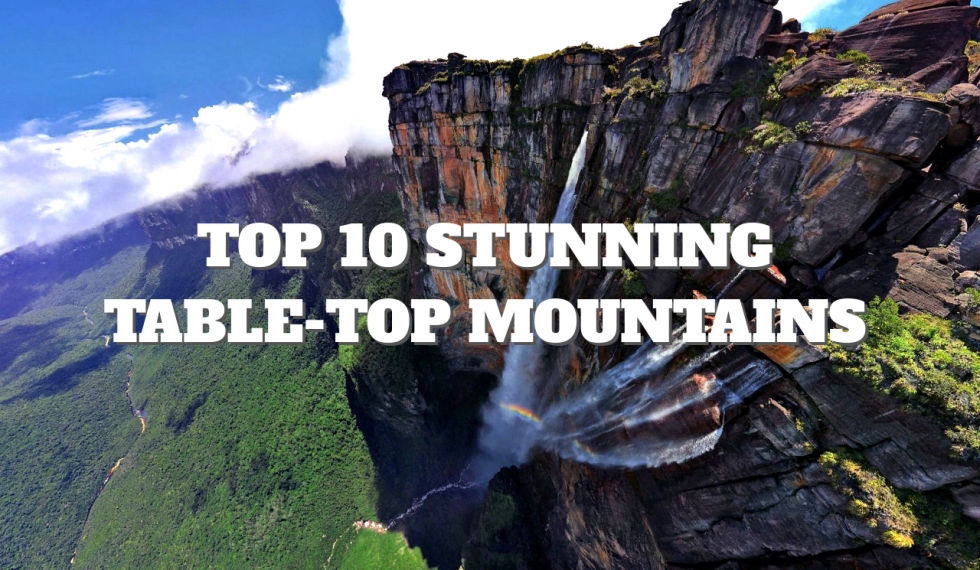A unique natural wonder table-topped mountain is a rare phenomena. In South America they are known as tepui and often feature a waterfall, since they are found in the lush rainforests. We invite you to check out these ten beautiful mountains – which one would you like to visit?
10. Preikestolen, Norway
Although not a mountain, a steep flat cliff is indeed incredible. Those standing on it looking down the abyss seem to find themselves on the top of the world. It ascents 604 m (1982 ft) overlooking Lysefjorden. The cliff drops into a mild climate zone, so it welcomes visitors all year round. Interestingly there are no fences, preserving an authentic and unspoiled nature.
How to get there?
It is an hour ride from Stavanger by ferry or car. From a parking lot a 3.8 km (2.4 mi) trail leads to the top.
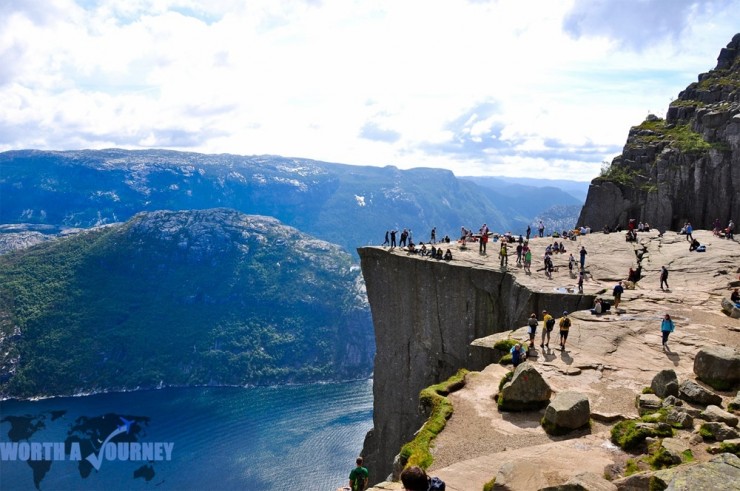
Photo by Unknown
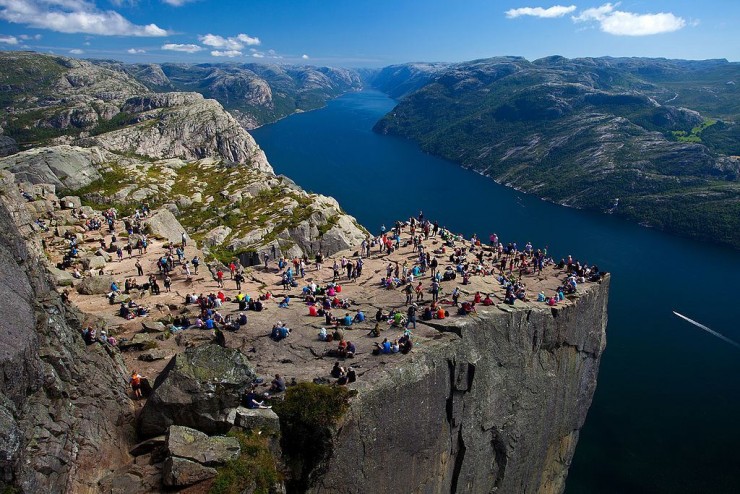
Photo by Unknown
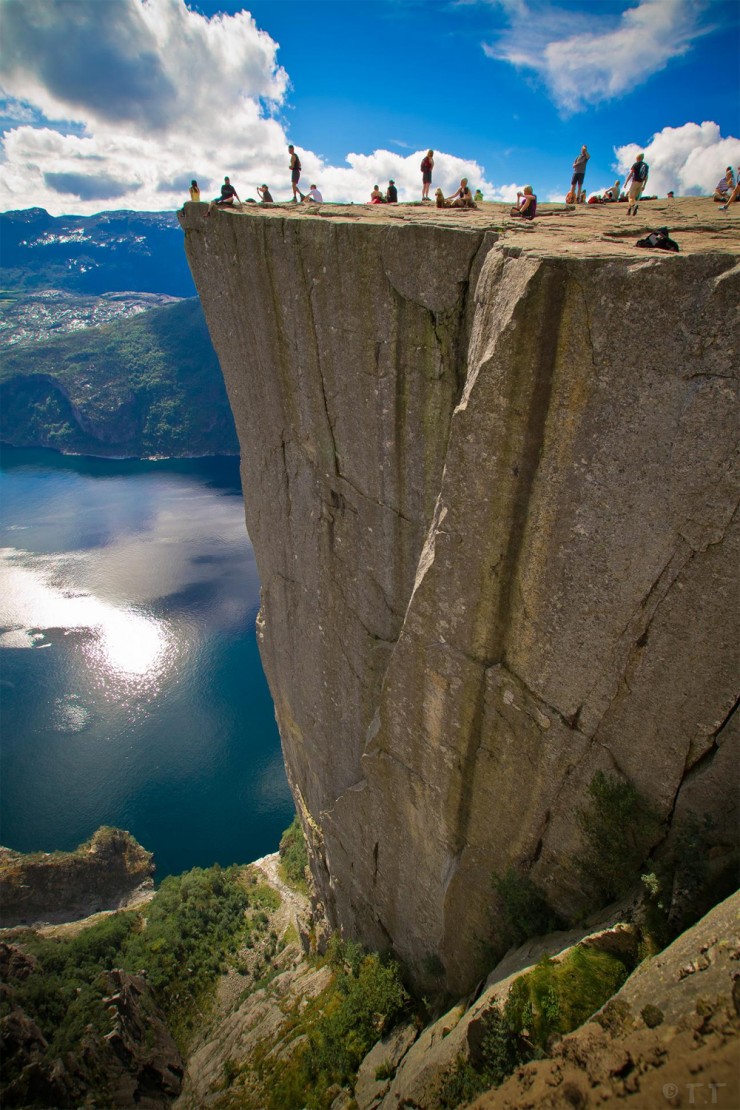
Photo by Unknown
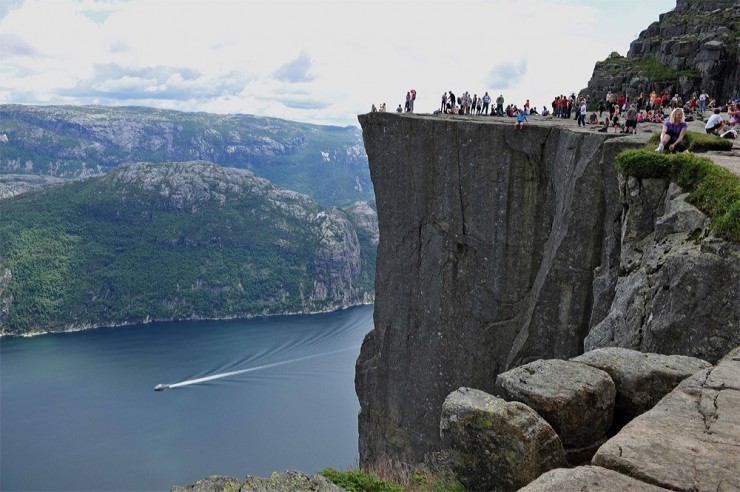
Photo by Unknown
9. Brown Bluff, Antarctica
It is a tuya – a unique volcano with a flat top. Brown Bluff is situated on a beach, where thousands of Adélie and Gentoo penguins gather to breed. Expeditions and guided tours to the site enable to explore the mountain, fauna and flora. The visitors are asked to walk slowly so they would not disturb these adorable birds.
How to get there?
Get there by ship. Find out more about traveling to Antarctica here.
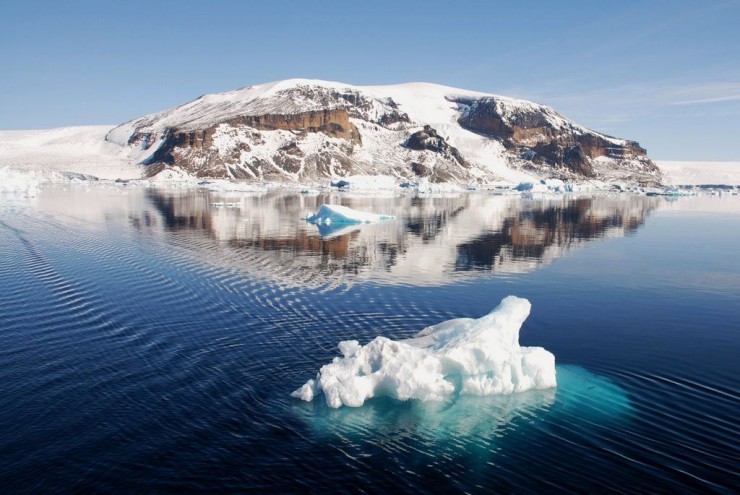
Photo by Unknown
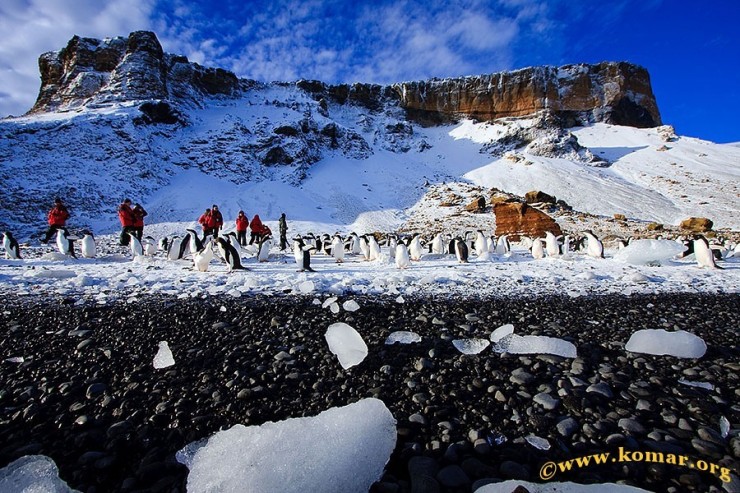
Photo by Komar.org
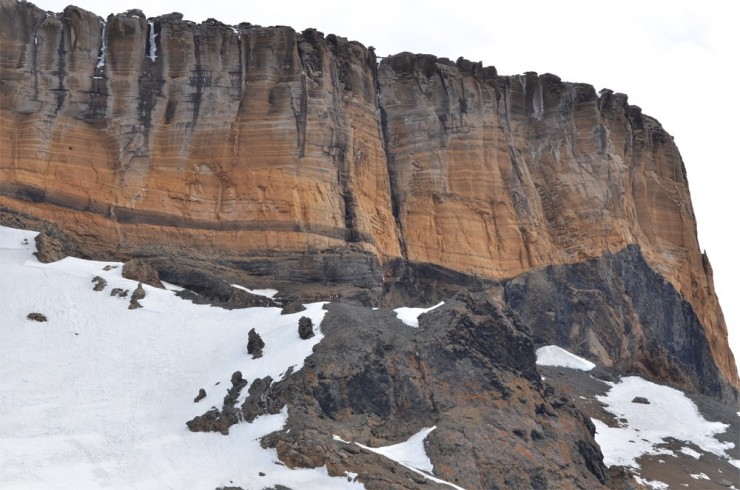
Photo by Unknown
8. Canyonlands, USA
Sprawled in southeastern Utah, the National Park features numerous gorges, Colorado and Green River, as well as a variety of table-top canyons. A popular recreational destination attracts hundreds of thousands of tourists each year. They enjoy versatile activities that include hiking, mountain biking, backpacking and more. The views are stunning, typical to Utah and its majestic nature.
How to get there?
By plane to Canyonlands Field Airport from Denver. Then get a car and follow US Highway 191 and Utah Highway 313.
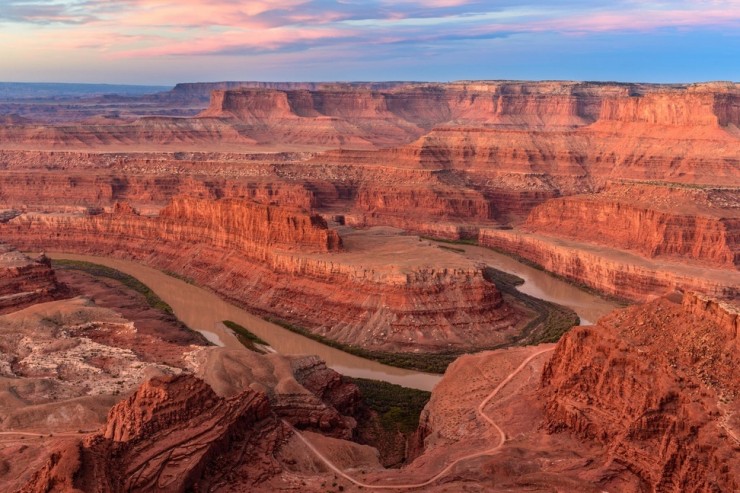
Photo by Andrew Steptowe
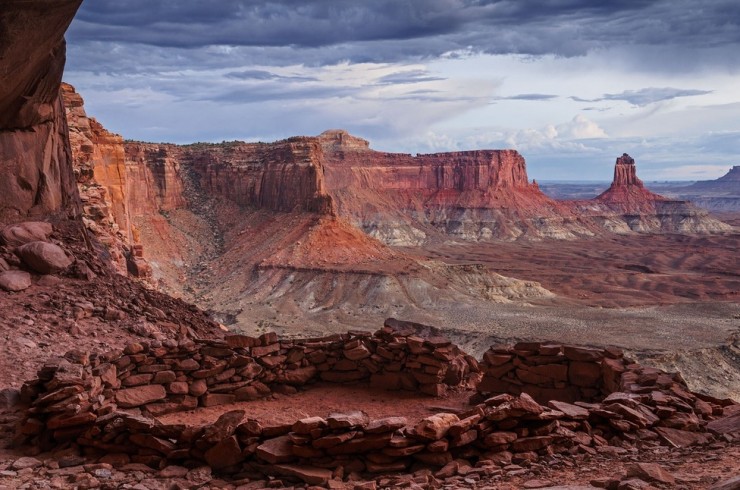
Photo by Chuck Zamites
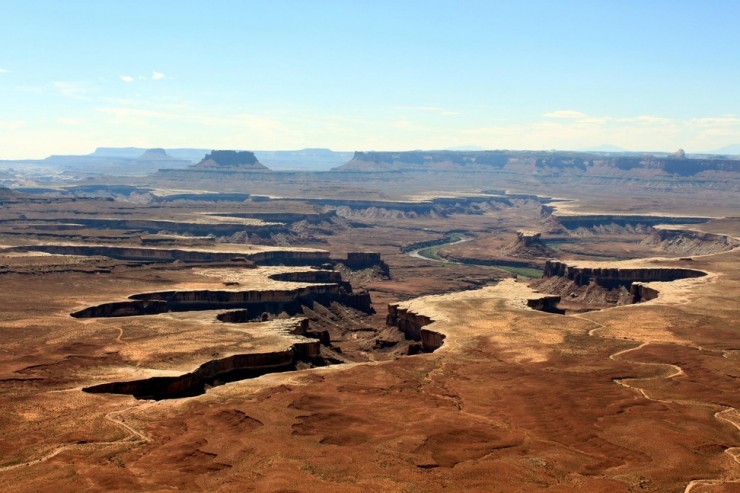
Photo by Ludovic Brossault
7. Debre Damo, Ethiopia
An isolated table-topped mountain features a monastery, that was built in the 6th century and can be reached only by the ropes! It requires a lot of physical strength to get to the summit. However, this might be one of the most exciting adventures, since the monastery features a unique collection of manuscripts and represents a distinctive architectural style. A big con however – it can be visited only by males.
How to get there?
There is no public transportation. You would have to get to the Aksum–Adigrat road junction and then walk or hitchhike.
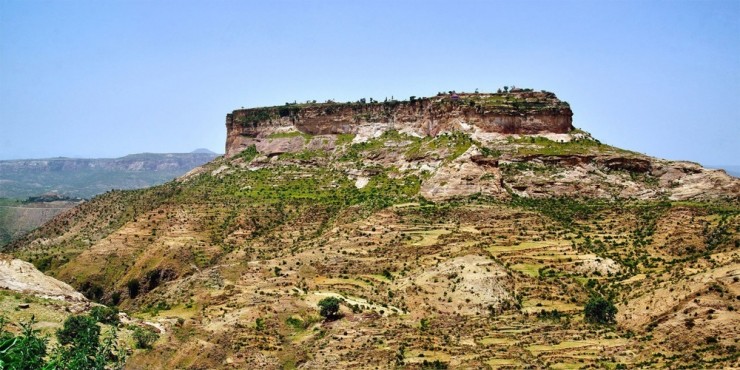
Photo by Unknown
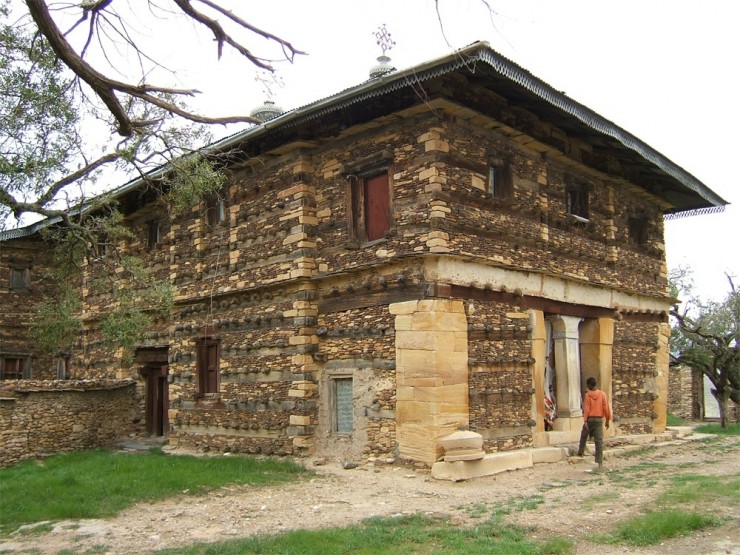
Photo by Unknown
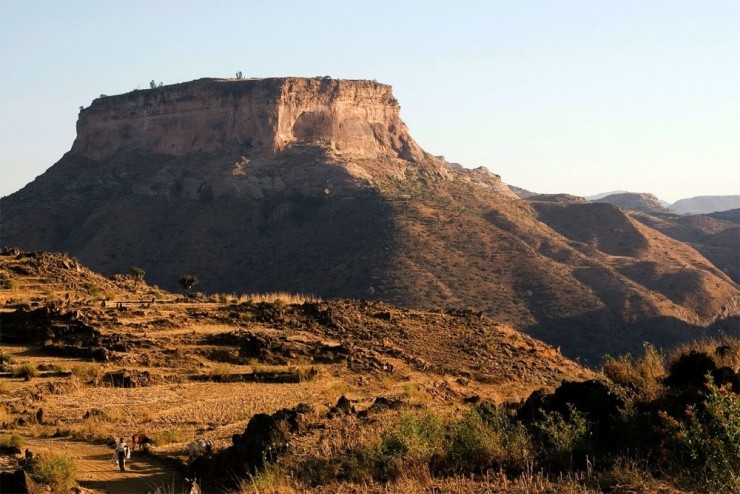
Photo by Unknown
6. Table Mountain, Cape Town, South Africa
One of the most popular attractions features a wonderful panoramic views to the hip city and the ocean. Besides hiking Table Mountain provides other activities that include climbing, biking and caving. It features an unusual cave system, that has formed in sandstone. The plateau also has exciting pillars like Lion’s Head, that also are popular among the visitors.
How to get there?
It is easy to access the peak. Tourists can use a cableway or a hiking trail, which is not at all difficult.

Photo by Unknown
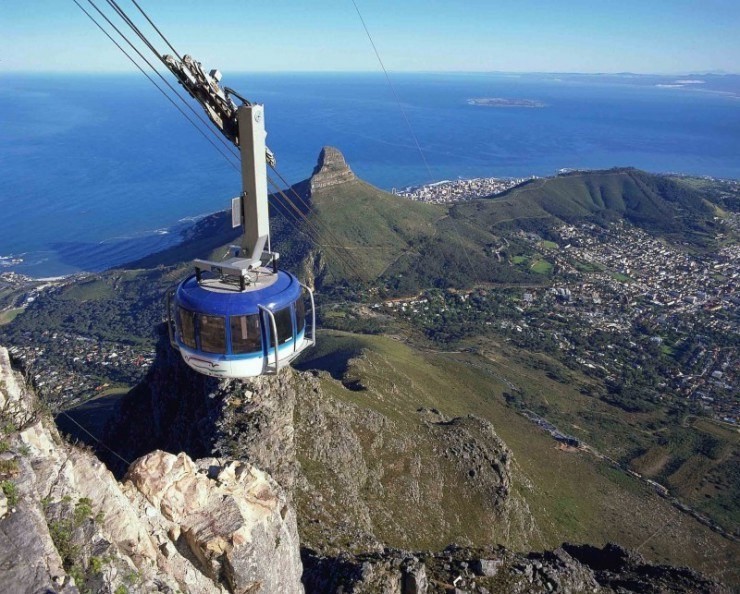
Photo by Unknown
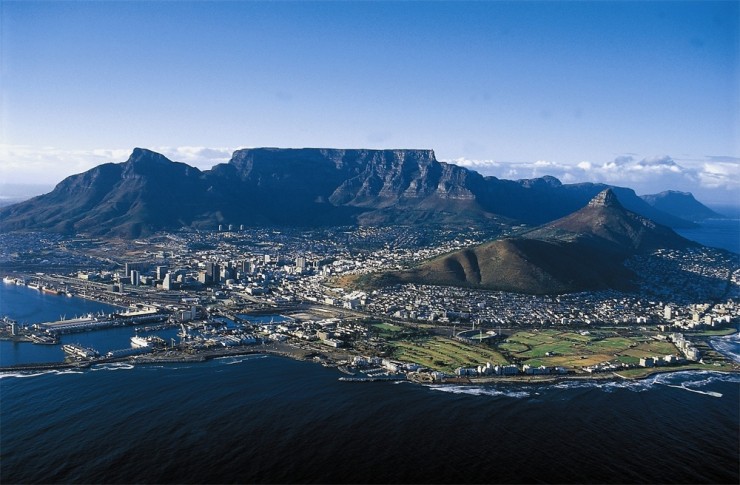
Photo by Unknown
5. Kukenan, Venezuela
It is one of those beautiful tepuis that can be proud of having a waterfall. Kukenan Falls is 674 m (2,211 ft) high at the southern part of the 2 680 m (8 790 ft) tall mountain. The waterfall is the second tallest one after Angel Falls, that are located nearby.
How to get there?
There is a trail from San Francisco de Yurani. Get there by bus from Caracas, Ciudad Boliviar or Ciudad Guyana. Visitors can also hire a vehicle from San Francisco.
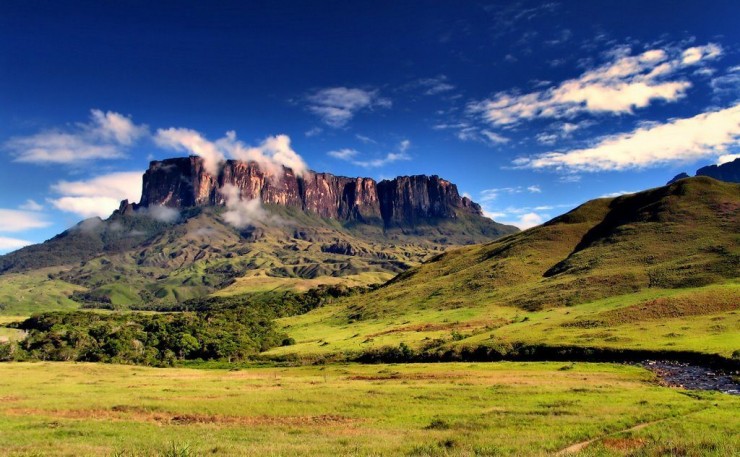
Photo by Unknown
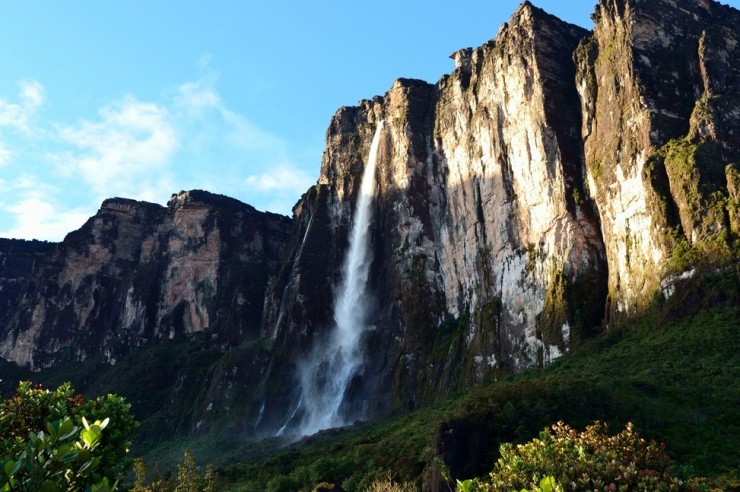
Photo by John Diaz
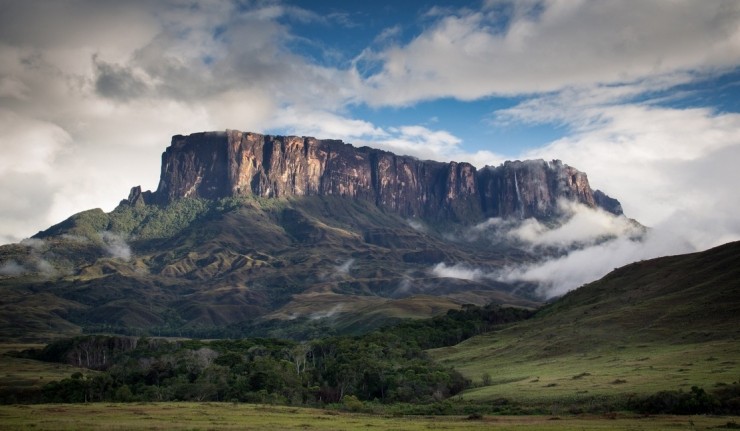
Photo by luis nieto
4. Mount Conner, Australia
Located in the Northern Territory, on a way from Alice Springs to Uluru, the mountain, locally also known as Arttila, is often confused with the former. This one is much flatter though. Of course it is special like anything in this country: Aboriginal Australians say that the mountain is inhabited by icemen, who would cause the cold weather.
How to get there?
By car from Alice Springs. You can also get a plane tour from Yulara, that explores this mountain, Uluru and Kata Tjuta.
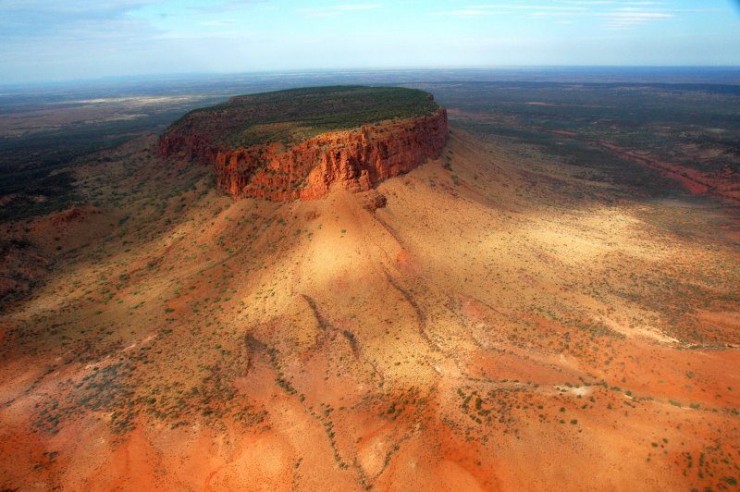
Photo by Unknown
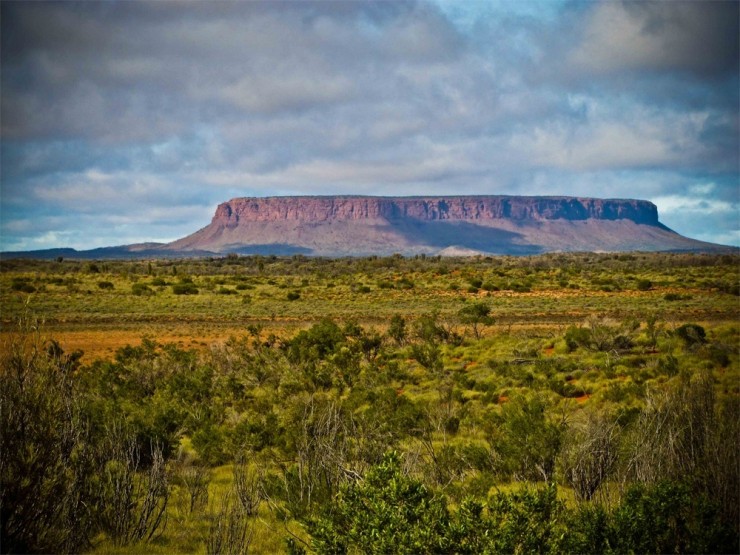
Photo by Unknown
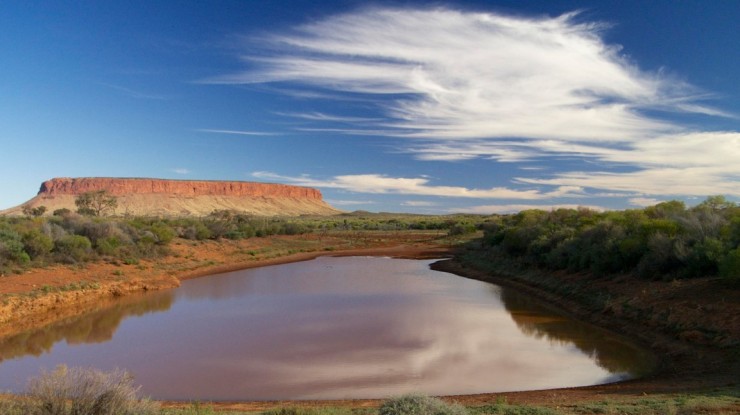
Photo by Brian Webber
3. Mount Asgard, Canada
An impressive mountain, made of 2015 m (6610 ft) high twin towers, can be found in Auyuittuq National Park. The name comes from Scandinavian mythology, where Asgard is the kingdom of the gods, while it is called Sivanitirutinguak by the Inuit. The whole park is a wonderful place to visit, for its unspoiled nature, high peaks and enigmatic serenity.
How to get there?
Access is quite difficult, for there are really very few tourist facilities – only one official campsite throughout this huge nature reserve! 10-16 day tours are available both in summer and winter from Pangnirtung or Iqaluit.

Photo by Artur Stanisz
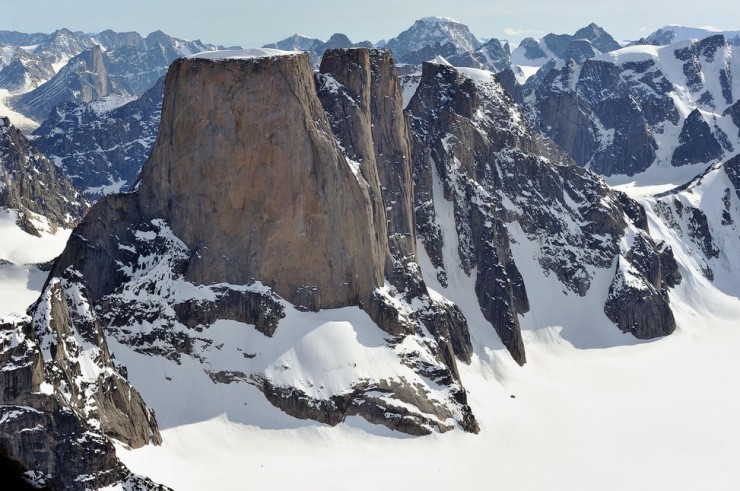
Photo by True North Photos

Photo by Artur Stanisz
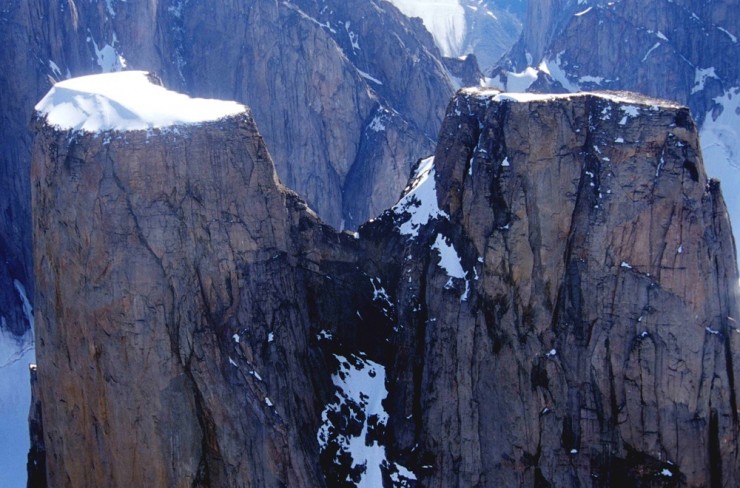
Photo by Unknown
2. Auyantepui, Venezuela
One of the largest table mountains spans an area of 666.9 km2 (257.5 sq mi). Its unique plateau is heart-shaped and hides a vast cave system. But the most precious jewel is Angel Falls that plunges from one side. At 979 m (3,212 ft) high the waterfall is the tallest one in the world.
How to get there?
Visitors can approach the falls by taking a boat trip from Canaima. You can get there by plane from various other towns. Hikers get to Kamarata by plane and then continue their journey on foot.
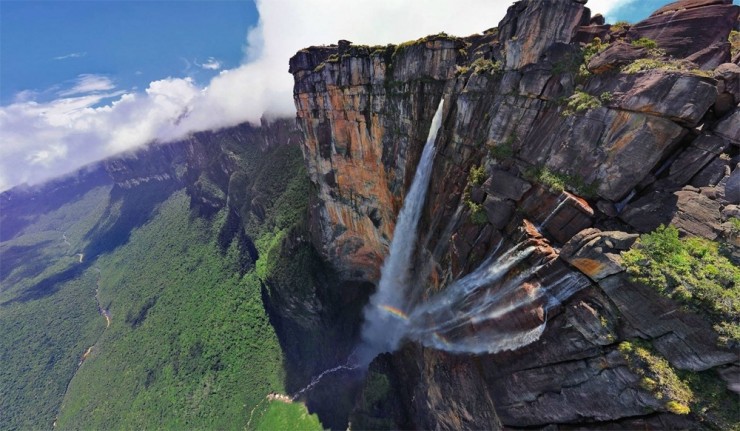
Photo by Unknown
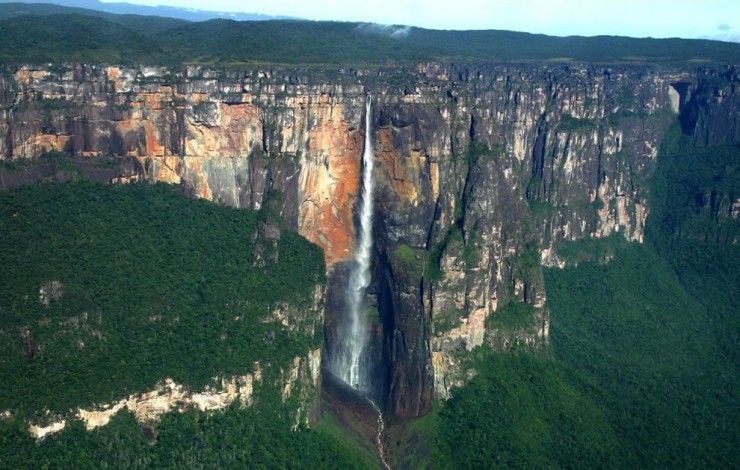
Photo by Unknown
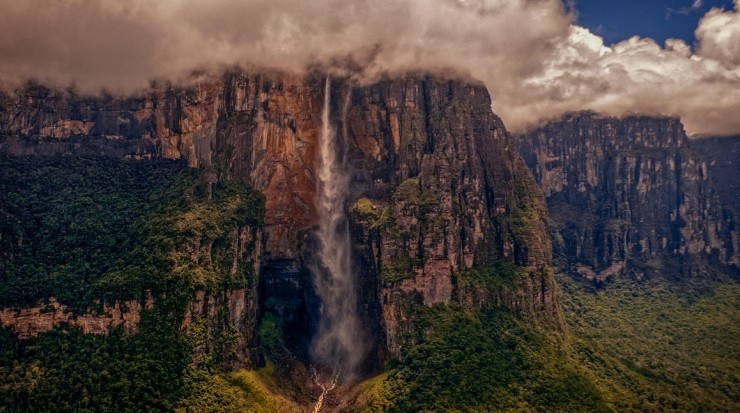
Photo by David Ruiz Luna
1. Mount Roraima
At 2 810 m (9 220 ft) high it is the highest peak of the Pakaraima range, spanning over three national borders of Venezuela, Brazil and Guyana. The table mountain is located on the 2 billion years plateau, considered to be the oldest one on Earth. Besides being a culturally, historically and geologically significant place, the mountain’s surroundings also feature a variety of unique plants.
How to get there?
The hikers start their journey from Paraitepui. The whole trip to the summit and back takes six days.
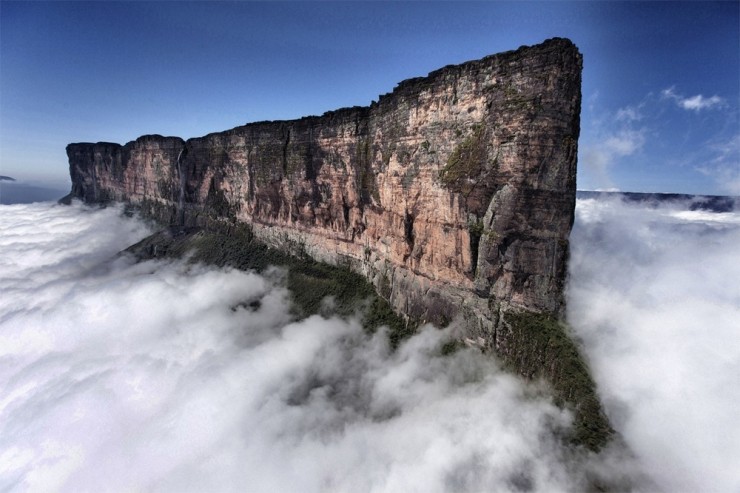
Photo by Unknown

Photo by Unknown
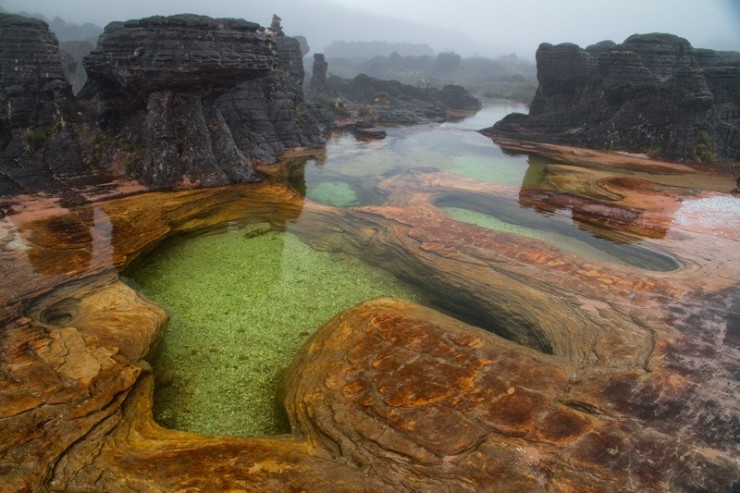
Photo by Unknown
